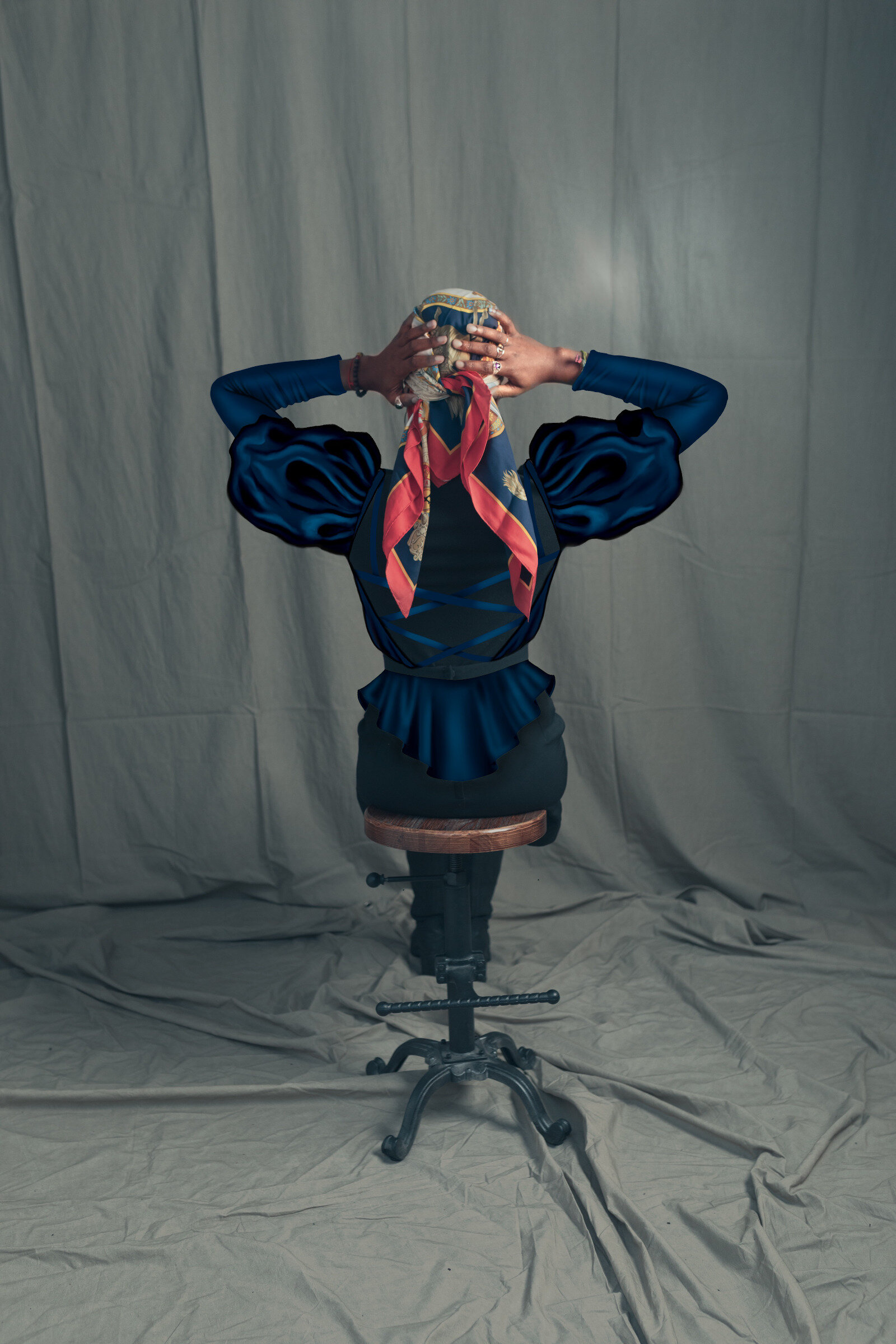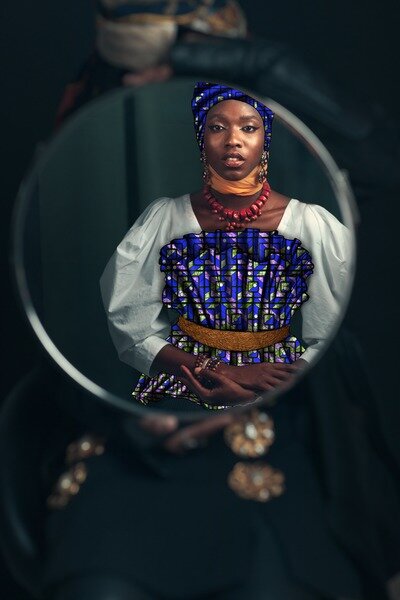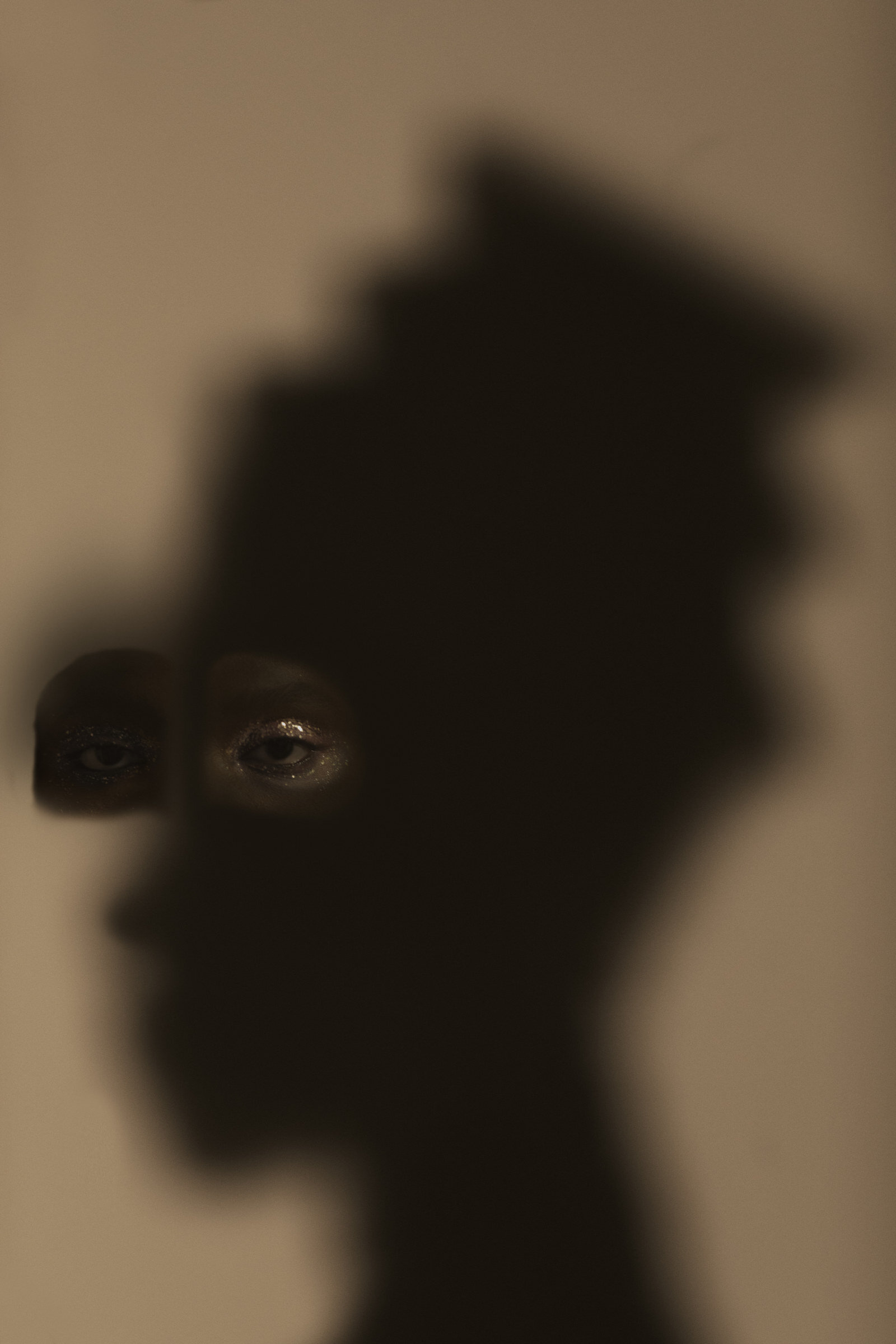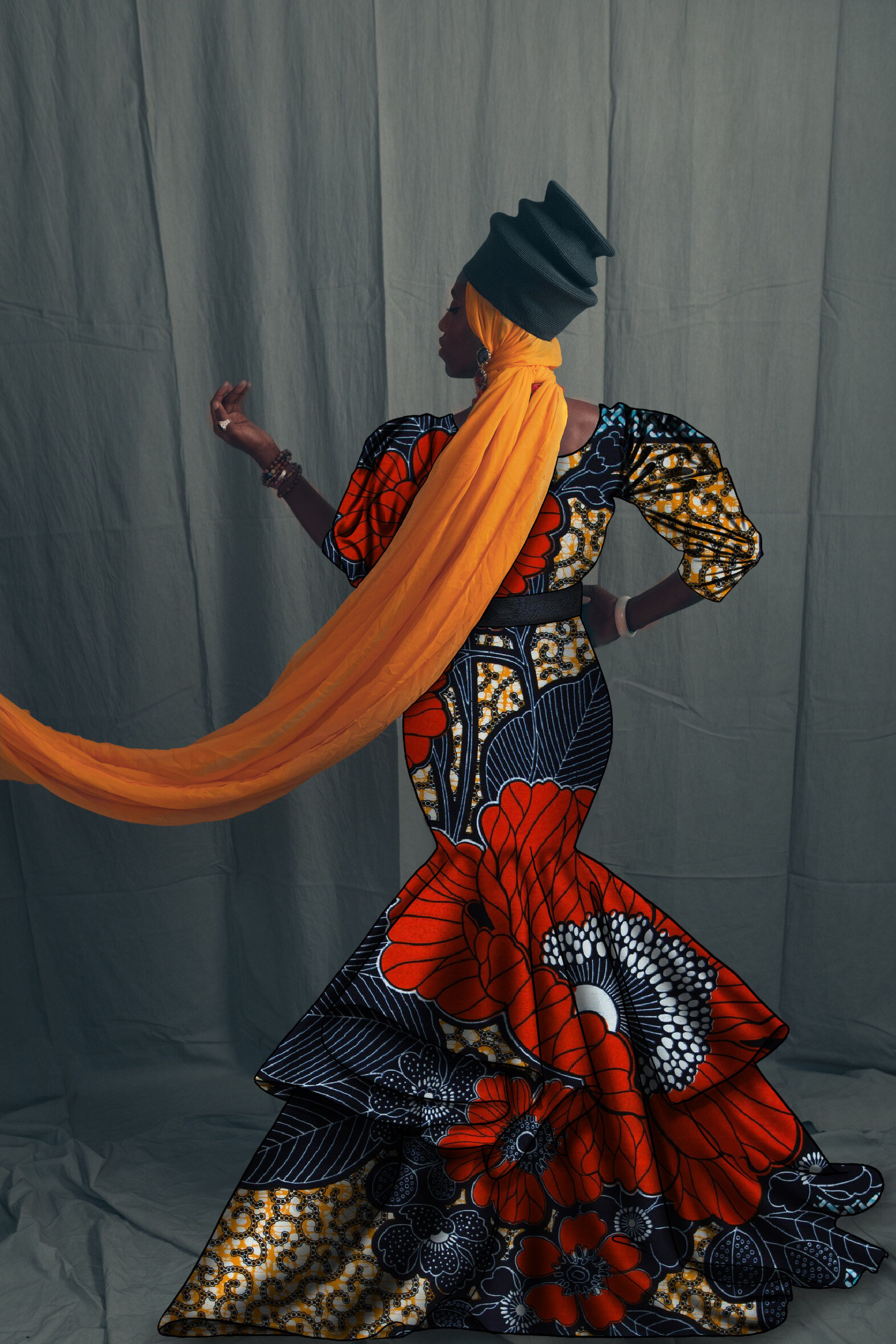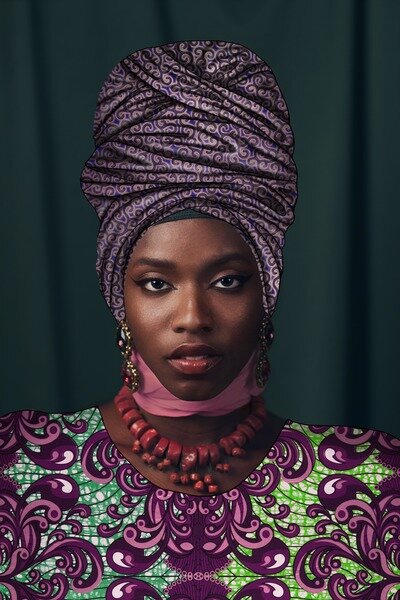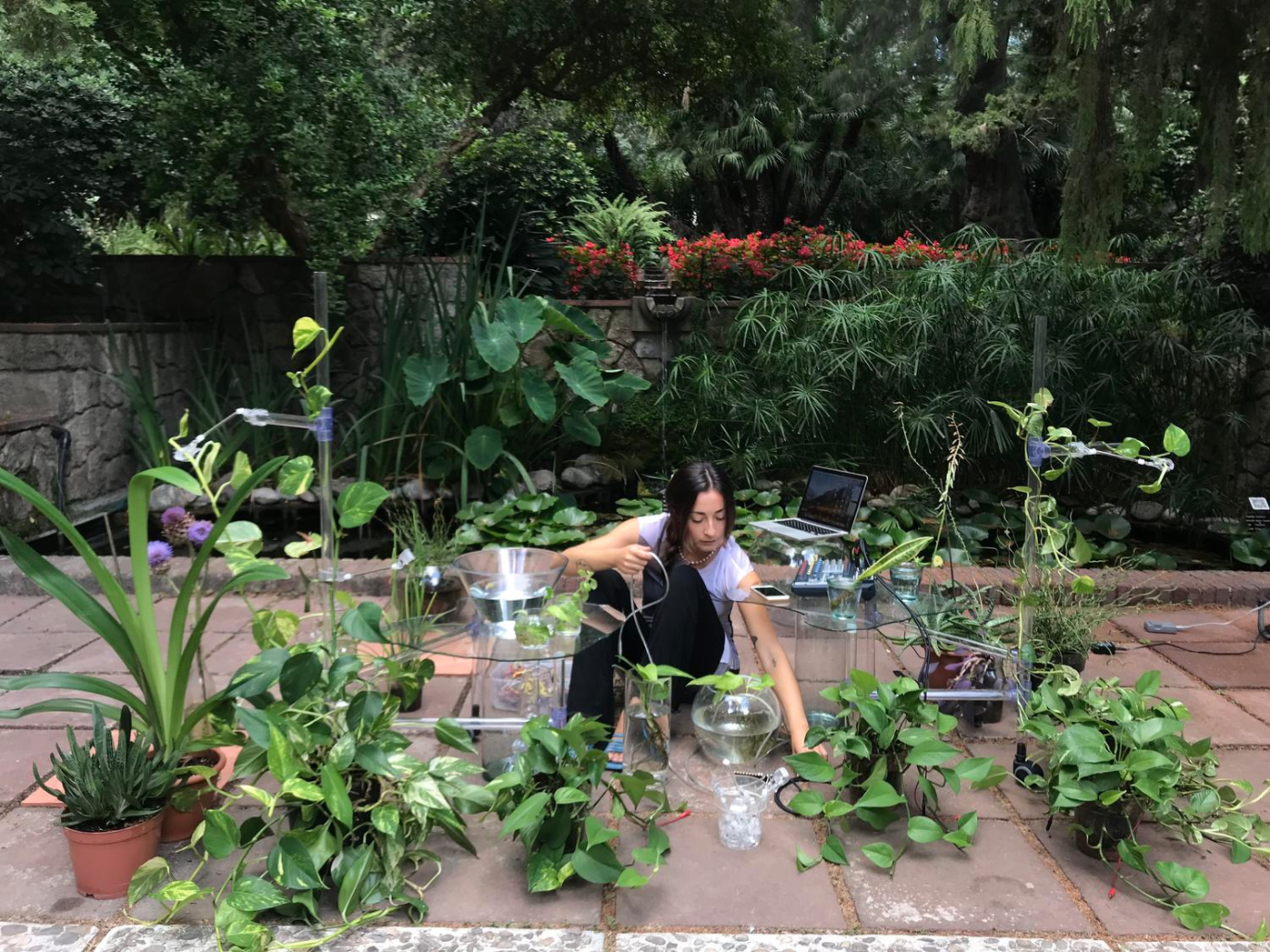Alter Ego: Narratives of Fashion
In the collaborative project, ‘Alter Ego’, photographer Obinna Obioma and architect and illustrator Nafisa Bukar create layered images that explore the duality of identity in the African diaspora.
Artists Obinna Obioma and Nafisa Bukar were both drawn to themes of identity and individuality. Specifically in the contexts of globalization and heritage, as Nigerian nationals living abroad — in the US and Germany, respectively.
Obinna first discovered Nafisa’s work, which paralleled his work and interests, and reach out with the idea to collaborate. As he puts it, “Nafisa and I have a few things in common that propagated our collaboration. We are both Nigerian nationals who have spent a good portion of our formative years abroad. And, through the nature of our locations, we have been fascinated by the topic of dual cultural identity…”
For her part, Nafisa was immediately excited about the prospect of a collaboration that aligned so precisely with her experiences. “I thought the idea would be a means of interpreting a version of reality that I, too — like many other people around the world — was living,” she says.
“I am a Northern Nigerian living in Berlin. And I feel closely connected to this project, because since moving here, the need to define my own identity has become amplified.” – Nafisa
The subject of identity has taken on new importance for Nafisa, who is currently studying architecture at Technische Universität Berlin. “This is the first time I have had to ask myself questions about identity as a means of both understanding and defining myself. On a nearly daily basis, I find myself trying to reconcile my Nigerian culture and life in Berlin.”
“We were both thrilled to be able to tell a story that we have and still are experiencing.”
But it was not only this topic that drew Obinna and Nafisa into the project. “I’ve always been curious about exploring other art forms, especially one as expressive as photography,” Nafisa explains.
Her creativity and artistic expression manifests most often through fashion illustrations. As she explains, “I was an ‘artsy’ kid, and I’ve always designed or styled my own clothing. Although I love architecture, I feel it only allows me an artistic outlet to a limited extent.”
Likewise, Obinna — an alum of the International Center of Photography (ICP) in New York — has an interest in fashion that stems from an early age. And it has only grown over time. “It is unarguable now that the fashion industry in Africa, especially Nigeria, has exploded in the last couple of years,” he states. For him, working with fashion, and African aesthetics in particular, has always been a central point of interest as a mode of storytelling. He continues, “It’s no surprise that I was drawn to Nafisa’s work and how her fashion illustrations were always inspired by African prints.”
Over the course of the project, the artists’ mutual interests and complementary visual languages came together in unexpected ways.
Speaking about the process, Obinna says: “We began brainstorming on the best way to present the work. It was a lot of back-and-forth email correspondence. In addition to juggling the time difference (Nafisa being in Berlin and myself in New York). It was thrilling to watch each draft become a final piece.”
“Obinna sent me the images and I was to illustrate over them. It definitely felt more overwhelming than I had anticipated. Because the medium was different (I didn’t start on a ‘clean slate’)…” Nafisa recalls.
The dialogue between the artists, and that which was generated by the layered images, proved to be a fitting vehicle for the realization of the project. More so than a single medium or perspective.
“Being able to layer garments of both African and western fashion transcended what photography is and what it can become. Also, in a more metaphorical form, the illustrations on the photographs tie into the narrative of wearing different garments to reflect one’s identity at a given place and time,” Obinna explains.
And while the artists address these themes from personal experience and through their own creative means, they felt it was important to express the story vicariously — through a subject other than themselves. In this way, keeping it more open and relatable for those navigating similar experiences.
See more of Nafisa Bukar’s work
Discover Contemporary Art
ArtConnect is the leading destination to discover emerging contemporary artists worldwide.
Additional interviews on ArtConnect you might enjoy

